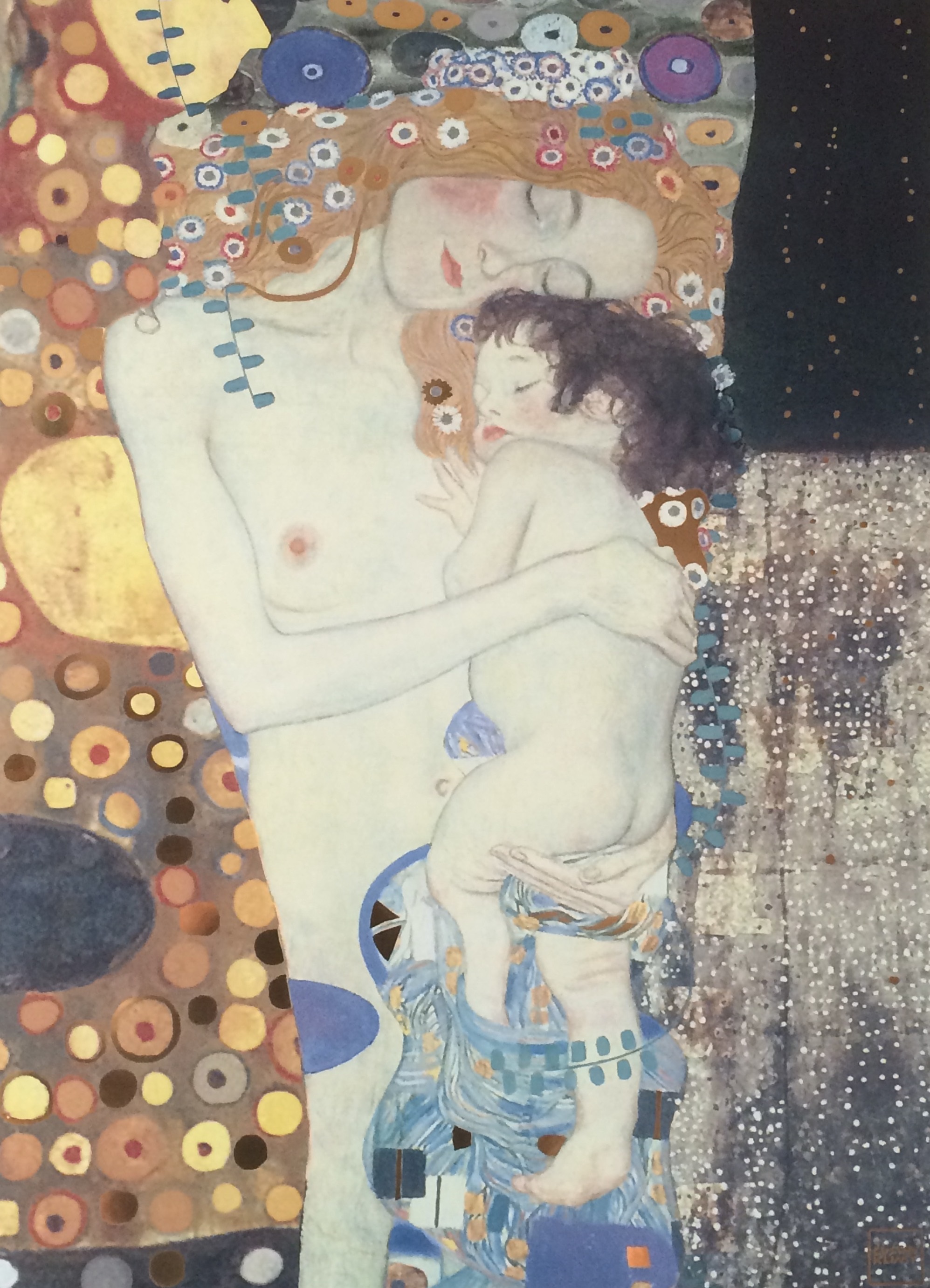 The ‘I’ is zo as old as each one of us is. A young mother may notice her young child’s ‘I’ at moments that she can give her little one full attention and can really be with him/her. The index-finger is the finger a toddler uses in order to obtain something for him-/herself, thus putting his/her ‘I’ in the world physically. Whilst growing up the ‘I’ encounters a number of stages during which it becomes everybody’s personal history, of which the body will remember all imprints of images and emotions. All stages of the ‘I’ as a whole we take with us onto our adult life, as “the Inner Child”. How it occurs is what this chapter is about. The information in it is far from complete, the intention is nothing more but giving a general picture of the process. After all, for each individual perception and experience are unique!
The ‘I’ is zo as old as each one of us is. A young mother may notice her young child’s ‘I’ at moments that she can give her little one full attention and can really be with him/her. The index-finger is the finger a toddler uses in order to obtain something for him-/herself, thus putting his/her ‘I’ in the world physically. Whilst growing up the ‘I’ encounters a number of stages during which it becomes everybody’s personal history, of which the body will remember all imprints of images and emotions. All stages of the ‘I’ as a whole we take with us onto our adult life, as “the Inner Child”. How it occurs is what this chapter is about. The information in it is far from complete, the intention is nothing more but giving a general picture of the process. After all, for each individual perception and experience are unique!
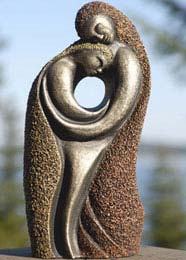 The Inner Child is a part of ourselves originating from our childhood. In nowadays life unpleasant experiences from our early youth are still influencing us in such a way that sometimes we are having great difficulty in connecting ourselves with qualities like spontaneity, sense of humour, playfulness, creativity and enjoyment. In order to regain access to these qualities it often is necessary to find the source of the pain, the so-called wounded child, and – to a certain extent – relive the pain and process it with the wisdom of the adult we are at present.
The Inner Child is a part of ourselves originating from our childhood. In nowadays life unpleasant experiences from our early youth are still influencing us in such a way that sometimes we are having great difficulty in connecting ourselves with qualities like spontaneity, sense of humour, playfulness, creativity and enjoyment. In order to regain access to these qualities it often is necessary to find the source of the pain, the so-called wounded child, and – to a certain extent – relive the pain and process it with the wisdom of the adult we are at present.
During the sessions this will be looked at, and the healing process slowly develops. Whilst doing this an atmosphere of safety and acceptance will emerge, causing a space for trust for the purpose of healing within the client. This process will take some time to develop. A lot of people are having ”wounded child parts”. Some of them are able to get old with them without any trouble; for other people, however, this will not be the case: sooner or later they will have to go to their doctor, who most probably will advise them to get proper guidance.
Being interested towards your ”inner child” also can come up from the inside out. Either out of curiosity or out of the way you already are able to be with yourself on a conscious level. You may have been wondering for some time about the influence feelings, 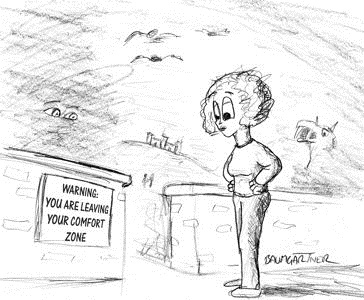 thoughts and behaviour may have towards one another – in some cases it may even be really confusing, and you would like to know more about it. The ”inner child” is a compilation of experiences and feelings that used to overwhelm us during our early childhood which we were not able to process. This unprocessed part of our past in us pops up every now and then, in situations that are triggering the old feeling of discomfort, having really nothing to do with the present situation. This phenomenon is called an ”entanglement”. Entanglements, and behaviour coming with them, may cause too much stress in the head and/or muscles and/or organs. The signs originating from this stress can be seen as a trustworthy advice to further activate your curiosity about yourself and to go and see somebody who can give you the said proper guidance.
thoughts and behaviour may have towards one another – in some cases it may even be really confusing, and you would like to know more about it. The ”inner child” is a compilation of experiences and feelings that used to overwhelm us during our early childhood which we were not able to process. This unprocessed part of our past in us pops up every now and then, in situations that are triggering the old feeling of discomfort, having really nothing to do with the present situation. This phenomenon is called an ”entanglement”. Entanglements, and behaviour coming with them, may cause too much stress in the head and/or muscles and/or organs. The signs originating from this stress can be seen as a trustworthy advice to further activate your curiosity about yourself and to go and see somebody who can give you the said proper guidance.
 Taking steps to get to know yourself better may very well turn out to be of great importance to get familiar with your (until then) hidden qualities, and to give them the place in your daily life, needing to be developed further. Your personal comfort zone will change in such a way, that, in time, it will be a warm, comforting, loving, knowing presence. Yes, this does take courage. And yes, the reward is something to really look forward to. You will do this by yourself, praktijk Karuna will be standing by your side to support you all the way.
Taking steps to get to know yourself better may very well turn out to be of great importance to get familiar with your (until then) hidden qualities, and to give them the place in your daily life, needing to be developed further. Your personal comfort zone will change in such a way, that, in time, it will be a warm, comforting, loving, knowing presence. Yes, this does take courage. And yes, the reward is something to really look forward to. You will do this by yourself, praktijk Karuna will be standing by your side to support you all the way.
How did we create these ”wounded child parts”? – At first it wasn’t always obvious that during our childhood things went wrong. Within the family we were used to cosiness, playing games, at times there used to be a lot of laughter. Children had nick-names. Nothing to be unhappy about. Being an adult, we know for some time now: it’s not always easy to understand somebody really well. Because we know this person so long, we may be able to make the right assumptions, or we ask for some more clarity. So did our parents: in the period of our lives that we were unable to express ourselves in language, they anticipated on what our body showed. Out of this anticipation manners developed. It is very well possible that these assumptions didn’t work properly for us, not in the past nor nowadays. Because we suspected our parents did their utmost we just let it be.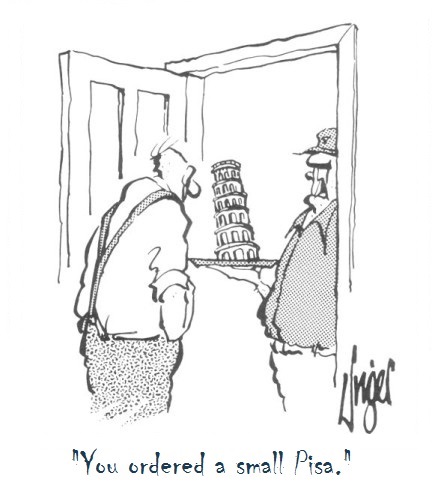 Thus being the origination of all misunderstandings which through the years could develop to what is called boundary-crossing behaviour. Another source of such behaviour is our parents not properly dealing with their stuff. Thus causing cosiness in the family getting the improper function of distraction from brewing disputes. When seeing discussions between our parents growing difficult, we were used to blame ourselves for it. We could not figure out how that used to work, there was no other explanation that we ourselves were the source! When this happened again and again, often enough, confusion emerged from within ourselves, with in it a huge chance of inflicting our feeling of self-esteem. These are some conditions necessary for the creation of ”wounded child parts”.
Thus being the origination of all misunderstandings which through the years could develop to what is called boundary-crossing behaviour. Another source of such behaviour is our parents not properly dealing with their stuff. Thus causing cosiness in the family getting the improper function of distraction from brewing disputes. When seeing discussions between our parents growing difficult, we were used to blame ourselves for it. We could not figure out how that used to work, there was no other explanation that we ourselves were the source! When this happened again and again, often enough, confusion emerged from within ourselves, with in it a huge chance of inflicting our feeling of self-esteem. These are some conditions necessary for the creation of ”wounded child parts”.
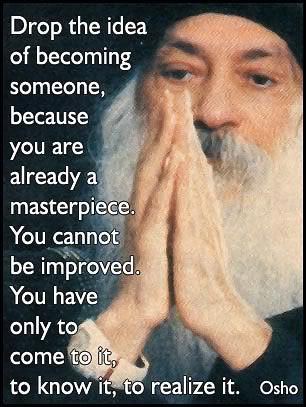 Aim of inner child work is, as an adult, contemplate on and work with the wounds we caught as a child, in this process appealing for the wisdom and self-healing qualities of our body and our mind. This implies differentiation of old pain from present experiences. This we do by means of body awareness, giving attention to locations in the body that are asking for it for many years already. Giving words to whatever comes up. Breathing consciously. There will be a loving atmosphere in which vulnerability may come up and just can be. The aim is to be with what is. Acceptance. This way the old pain will obtain a proper place in your history, thus avoiding present experiences being inflicted with old charge: your inner child will integrate in your present adult being, it will be needing less attention. Your influence on your thinking and acting increases. This way your ability to live your own life will be a reality. You discover who you really are: ”There is no other greater ecstasy than to know who you are” (Osho).
Aim of inner child work is, as an adult, contemplate on and work with the wounds we caught as a child, in this process appealing for the wisdom and self-healing qualities of our body and our mind. This implies differentiation of old pain from present experiences. This we do by means of body awareness, giving attention to locations in the body that are asking for it for many years already. Giving words to whatever comes up. Breathing consciously. There will be a loving atmosphere in which vulnerability may come up and just can be. The aim is to be with what is. Acceptance. This way the old pain will obtain a proper place in your history, thus avoiding present experiences being inflicted with old charge: your inner child will integrate in your present adult being, it will be needing less attention. Your influence on your thinking and acting increases. This way your ability to live your own life will be a reality. You discover who you really are: ”There is no other greater ecstasy than to know who you are” (Osho).
From here, your future is going to be more about responding to life, instead of defending yourself against it.
Exhibit 1: “The Five Nature-oriented Principles … Read more …”
Exhibit 2: “Looking at the Inner Child more closely … Read more …”
Exhibit 3: “Healing unhealthy relationships … Read more …”
